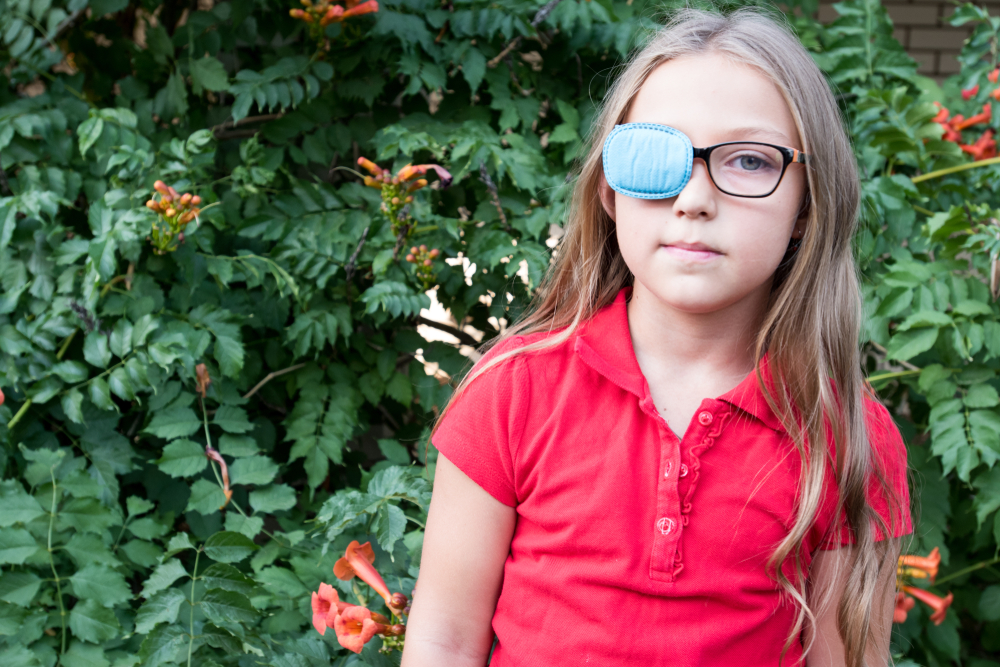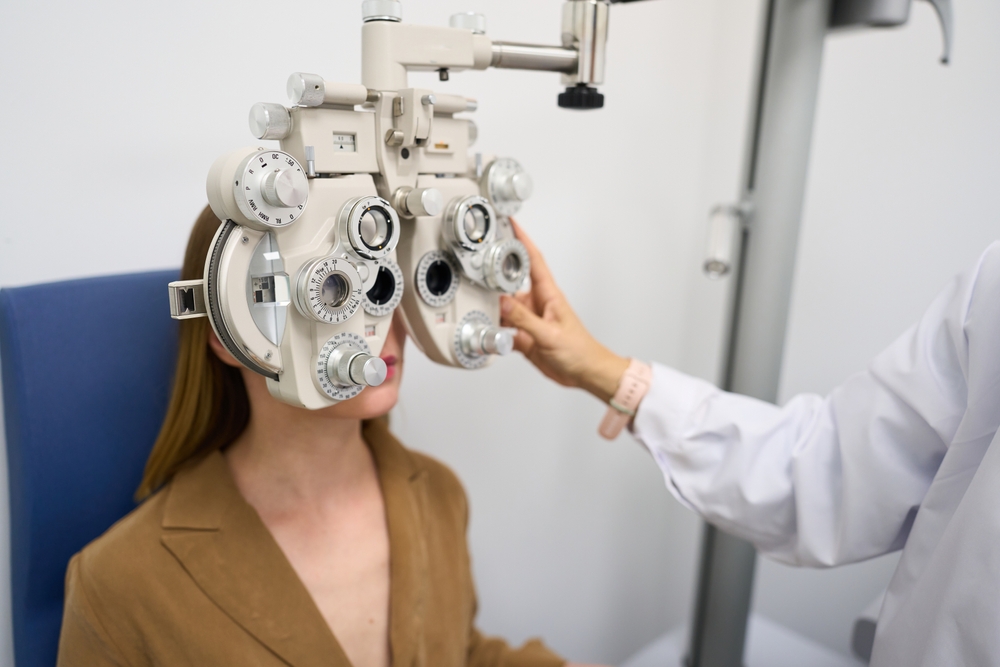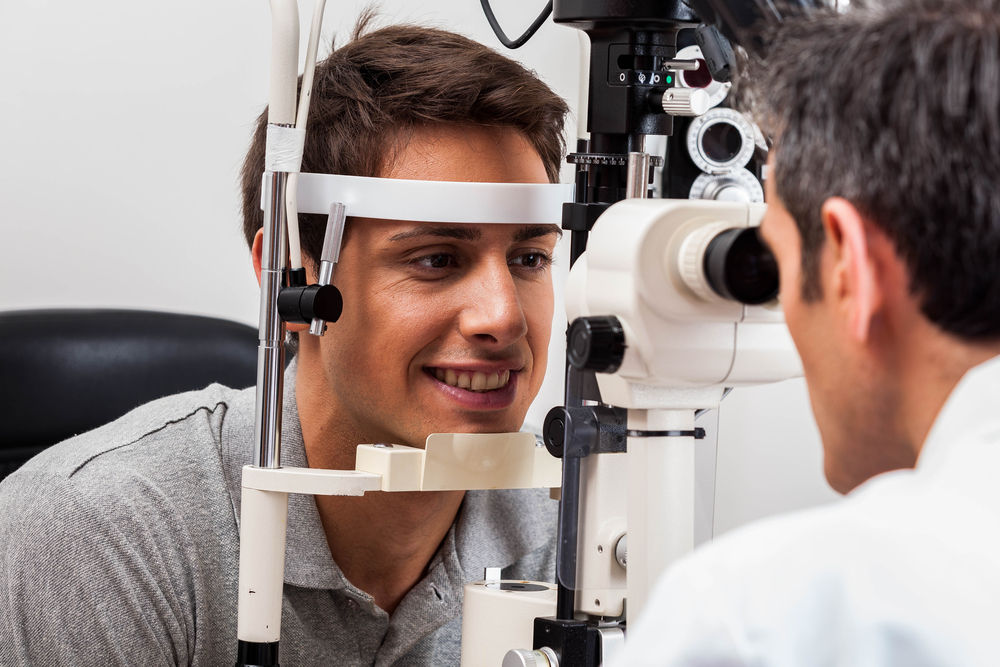Eye and Health Blog
Learn more about optometrist care in our blog!

Amblyopia, often referred to as “lazy eye,” is a common vision condition that develops during childhood and can lead to long-term visual impairment if left untreated. It occurs when one eye does not develop normal vision because the brain begins to favor the other eye. Understanding what causes amblyopia and recognizing its symptoms early is key to protecting a child’s vision and visual development.

Myopia is one of the most common vision conditions worldwide - and it’s becoming increasingly prevalent in both children and teens. For patients enrolled in a myopia management program, consistent monitoring plays a key role in maintaining eye health and ensuring that treatment remains effective.

Amblyopia, commonly known as lazy eye, is a childhood vision condition where one eye doesn’t develop normal sight because the brain begins to rely more on the stronger eye. Detecting amblyopia early is essential, as treatment is most effective when started during the early developmental years.

Many people assume that trouble focusing at work is just about distractions or long hours, but often the eyes tell a different story. Even minor vision issues can cause fatigue, blur, or strain that make it hard to stay on task. At Eye & Health, we start by looking at the most common vision-related reasons behind workplace focus problems and what can be done to fix them.

In a fast-paced city like New York, it’s easy to brush off tired, irritated eyes as just another part of daily life. Whether you're commuting through the subway, staring at screens all day, or navigating seasonal allergies, your eyes are constantly exposed to stressors that can lead to Dry Eye Syndrome.

Summer in New York is a season full of sunshine, outdoor adventures, and vibrant city life - but it also means increased exposure to harmful UV rays. While many people reach for sunglasses as a fashion accessory, the right pair does much more than complete your look.

In today’s tech-driven world, digital devices are an everyday part of life for both adults and children. Whether it’s for school, entertainment, or communication, screen time has become nearly unavoidable. But with increased screen use comes growing concern about its impact on eye health, particularly the development and progression of myopia, or nearsightedness.

Myopia is a common vision condition that causes distant objects to appear blurry while close-up vision remains clear. It typically begins in childhood and often worsens over time, especially during the school-age years. With the increasing use of digital devices and reduced time outdoors, the prevalence of myopia is growing, making early detection and treatment more important than ever.

If you have ever struggled with traditional contact lenses due to discomfort or poor vision correction, scleral lenses may offer a long term solution that can significantly improve your quality of life. These advanced lenses allow for enhanced comfort and vision correction, particularly for individuals with irregular corneas or chronic dry eye. In addition to providing immediate relief and clarity, scleral lenses offer a number of long term benefits for eye health and visual performance.

For families in New York City, life moves fast. Between school, after-school activities, and weekend trips to Central Park, parents are constantly juggling responsibilities while ensuring their children have the best opportunities—including good vision. If your child has been diagnosed with myopia (nearsightedness), you may be looking for a solution that doesn’t involve glasses or daytime contact lenses.









